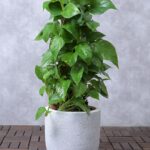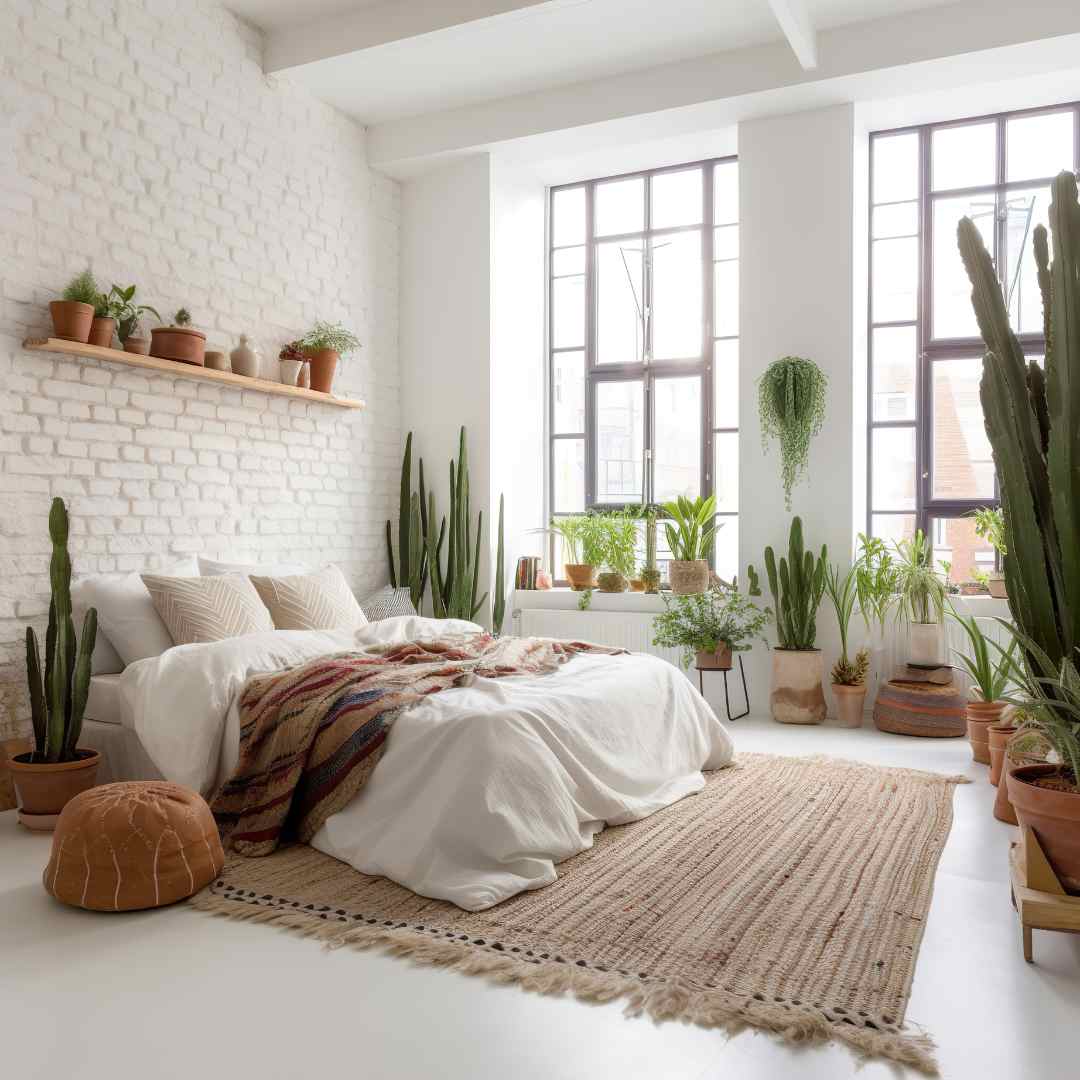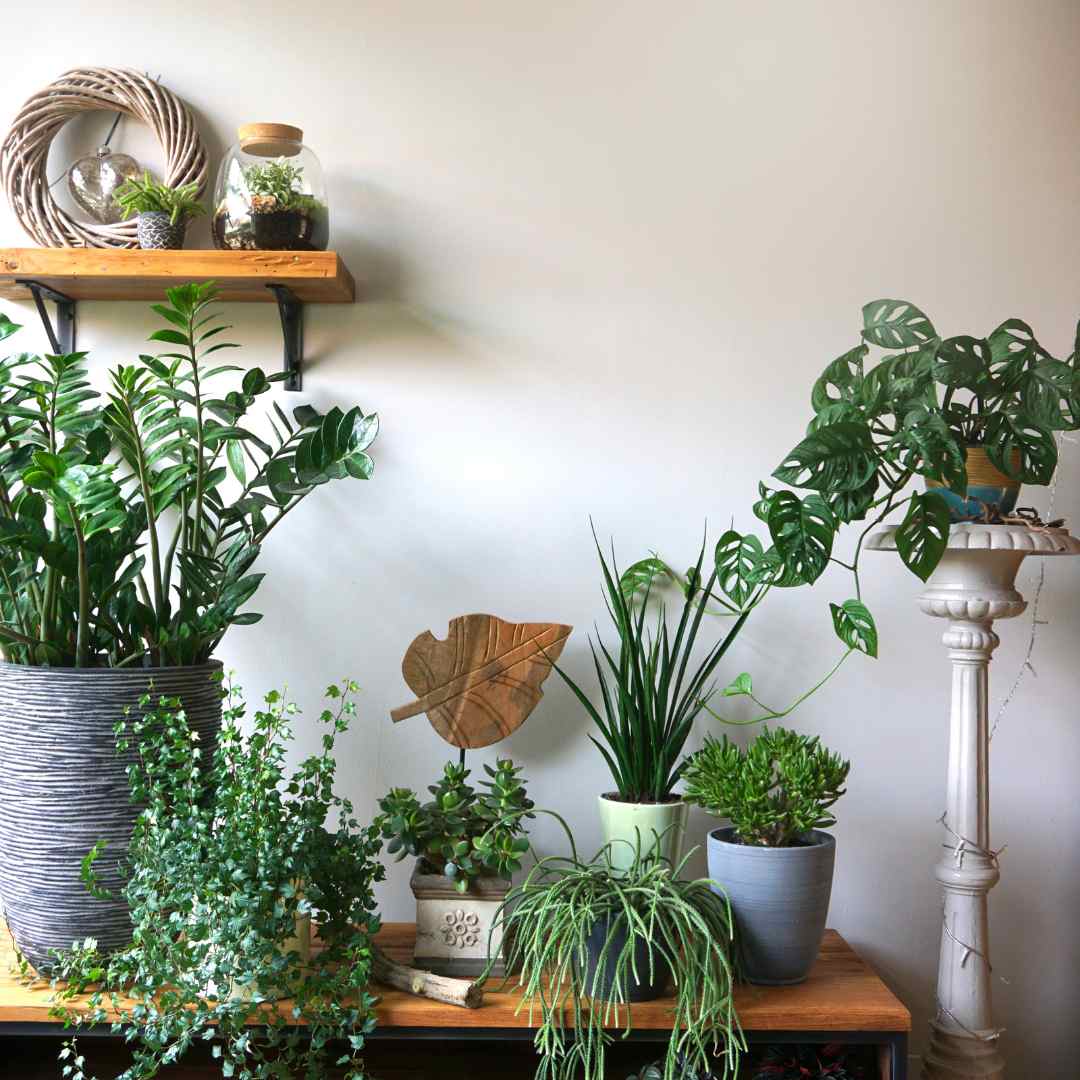Your plants will show up fresh, vibrant, and pest-free—guaranteed.
Not feeling it? We’ve got your back! Snap a pic and reach out within 14 days, and we’ll replace your plant—no hassle, no fuss.
Read more about our Freshness Guarantee.

AED45 – AED300
Your plants will show up fresh, vibrant, and pest-free—guaranteed.
Not feeling it? We’ve got your back! Snap a pic and reach out within 14 days, and we’ll replace your plant—no hassle, no fuss.
Read more about our Freshness Guarantee.
| Area | Delivery Days |
|---|---|
| Abu Dhabi | Everyday |
| Abu Dhabi (Ruwais; Al Ghayatil; Almira; Madinat Zayid) | Thursday only |
| Ajman | Monday |
| Ajman (Masfoot; Muzairah) | Monday only |
| Dubai | Everyday |
| Fujairah | Monday |
| Ras Al Khaima | Everyday |
| Ras Al Khaima (Al Mainau) | Monday only |
| Sharjah | Tuesday |
| Sharjah (Kalba; Khor Fakan) | Thursday |
| Umm Al Quwain | Everyday |
We currently do not deliver to the following unserviced areas:
If you prefer to pick up your plant in person, you are welcome to visit our location in Mussaffah, Abu Dhabi. Please contact us via WhatsApp, and our team will do their best to prepare your order in advance of your arrival.
The money plant, with its lush green foliage and cascading vines, is a popular sight in homes and offices around the world. But beyond its aesthetic appeal, this adaptable plant holds a special place in many cultures, symbolizing good luck, fortune, and prosperity. This article delves into the world of the money plant, exploring its botanical origins, cultural significance, varieties, and care requirements.
The money plant, scientifically known as Epipremnum aureum, belongs to the Araceae family, which also includes philodendrons and peace lilies Wikipedia: Araceae. Native to French Polynesia, it thrives in warm, humid environments and is known for its climbing nature. The plant’s heart-shaped leaves, typically a vibrant green, come in various sizes and variegations depending on the specific variety.
Epipremnum aureum is an epiphyte, meaning it grows on other plants for support in its natural habitat Britannica: Epiphyte. This characteristic translates well to indoor settings, making it a versatile choice for hanging planters, climbing moss poles, or cascading down shelves.
The money plant’s association with wealth and prosperity is particularly strong in Asian cultures. In Feng Shui, the ancient Chinese practice of arranging elements to create harmonious energy flow, the money plant is believed to activate the wealth zone of a home or workplace. Its round, coin-like leaves symbolize abundance, and its climbing nature signifies growth and prosperity.
In India, the money plant is often called “money creeper” and is gifted during festivals and auspicious occasions. It’s believed to bring positive energy and good luck to the recipient. Similarly, in other parts of Southeast Asia, the money plant is considered a symbol of success and is displayed prominently in businesses.
While the belief in attracting wealth through the money plant may not have a scientific basis, the plant’s association with positive energy and growth can contribute to a more vibrant and prosperous feeling in a space.
The world of money plants extends beyond the classic green variety. Here’s a glimpse into some popular variations:
Golden Pothos: This vibrant variety features bright yellow variegations on its green leaves, adding a touch of sunshine to any space.
Marble Queen Pothos: This elegant type boasts a marbled pattern of white and green on its leaves, creating a stunning visual effect.
Manjula Pothos: This unique money plant has elongated, heart-shaped leaves with wavy edges, adding a touch of whimsy to its appearance.
Cebu Blue Pothos: This rare variety features silvery-blue foliage, making a striking statement in any collection.
Each variety offers its own unique charm, allowing you to choose a money plant that complements your style and décor.
One of the reasons for the money plant’s popularity is its low-maintenance nature. Here are some basic care tips to keep your money plant thriving:
Light: Money plants prefer bright, indirect sunlight. Avoid direct sun exposure, which can scorch the leaves.
Watering: Water your money plant when the top inch of soil feels dry. Overwatering is a common mistake, so err on the side of underwatering.
Soil: Use well-draining potting mix to prevent waterlogging. A mixture of potting soil, perlite, and orchid bark can provide good drainage and aeration.
Temperature: Money plants thrive in warm temperatures between 65°F and 80°F (18°C – 27°C). Avoid placing them near drafts or air conditioners.
Fertilization: During the growing season (spring and summer), a balanced liquid fertilizer diluted to half strength can be applied once a month.
Pruning: Regularly prune your money plant to encourage bushier growth and maintain its desired shape.
With minimal effort, you can keep your money plant healthy and flourishing for years to come.
Adding to its list of benefits, the money plant is recognized by NASA as an effective air purifier. It helps remove common household toxins like formaldehyde and benzene from the air, contributing to a healthier indoor environment.
Money plants are remarkably easy to propagate, allowing you to share the good luck and beauty with friends and family. Here are two popular methods:
Stem Cuttings: Take a stem cutting with a few nodes and leaves. Place it in water or moist soil and wait for roots to develop. Once established, you can transplant the cutting into a pot.
Water Propagation: Place a stem cutting with nodes directly in a jar of water. Change the water regularly and wait for roots to develop. Once the roots are well-established, you can transplant the cutting into a pot with fresh potting mix.
Propagating your money plant is a rewarding experience and a great way to create new plants for your own home or to share as gifts.
Despite its resilience, money plants can encounter occasional issues. Here’s how to identify and address some common problems:
Yellowing Leaves: This can be caused by overwatering, underwatering, or lack of light. Ensure proper watering habits and adjust the light exposure if needed.
Brown Leaves: Excessive sunlight, underwatering, or low humidity can cause brown leaves. Check the watering schedule, relocate the plant away from direct sunlight, and consider using a humidifier.
Stunted Growth: This could be due to insufficient light, nutrient deficiency, or a pot-bound root system. Repot the plant in a larger container if necessary and provide adequate light and fertilization.
Pests and Diseases: Money plants are generally pest-resistant, but mealybugs and spider mites can occasionally be an issue. Isolate the plant, wipe off pests with neem oil or insecticidal soap solution, and monitor for recurrence.
By understanding the signs and taking corrective measures, you can keep your money plant healthy and vibrant.
The money plant’s versatility extends beyond its role as a houseplant. Here are some creative ways to incorporate it into your space:
Living Wall: Train your money plant to climb a moss pole or trellis to create a living wall, adding greenery and purifying the air in your home.
Tabletop Display: Place a pot of money plant on your coffee table, bookshelf, or office desk for a touch of nature and positive energy.
Hanging Basket: Let the cascading vines of your money plant flow freely from a hanging basket, adding a touch of elegance and whimsy to your space.
Terrarium Creation: Include a miniature version of the money plant in a terrarium for a low-maintenance and visually captivating display.
The money plant’s adaptability allows you to get creative and personalize its placement in your home.
The money plant is more than just a houseplant; it’s a symbol of prosperity, a natural air purifier, and a versatile decorative element. With its easy-going nature and beautiful foliage, the money plant is a perfect choice for plant enthusiasts of all levels. Whether you’re looking to attract good fortune, enhance your indoor environment, or simply add a touch of greenery to your space, the money plant is sure to bring a bit of joy and positive energy into your life. So, why not bring home a money plant today and experience its magic for yourself?
The money plant’s cultural significance extends beyond its association with wealth and prosperity. Here’s a glimpse into its presence in various folklore and traditions:
Thailand: In Thai culture, the money plant is called “Maeng Kut Rai” which translates to “lucky climbing plant.” It’s believed that the number of leaves on a money plant determines its luck-bringing potential. Four leaves are considered particularly auspicious, symbolizing the four elements: earth, water, fire, and air. Money plants are often gifted during housewarmings and other celebratory occasions.
Feng Shui Applications: Beyond the wealth zone, Feng Shui practitioners utilize money plants in other areas of a home or workplace. Placing a money plant in the relationship zone can symbolize growth and connection. In the fame zone, it can represent recognition and achievement. The specific placement and variety of money plant chosen can be tailored to activate the desired energy flow.
Indigenous Uses: Some indigenous communities in Southeast Asia have traditionally used money plants for medicinal purposes. Poultices made from the leaves have been used to treat skin conditions and wounds. It’s important to note that these uses haven’t been extensively studied scientifically, and consulting a healthcare professional is always recommended for any medical concerns.
The money plant’s round leaves and climbing nature have inspired various myths and symbolic interpretations across cultures:
China: In Chinese mythology, the money plant is associated with the story of a poor man who shared his meager meal with an old beggar. The beggar, in turn, gifted him a single cutting from a money plant, which the man nurtured and propagated, eventually bringing him wealth and prosperity.
Brazil: Nicknamed “Jade of Brazil” in some regions, the money plant is linked to prosperity and new beginnings. It’s a popular gift for students starting school or individuals embarking on new ventures.
In today’s fast-paced world, the money plant offers a sense of calm and well-being. Studies have shown that interacting with nature, even indoors, can reduce stress and improve mental clarity. The money plant’s low-maintenance nature makes it a perfect choice for busy individuals who still want to incorporate a touch of the natural world into their lives.
Social media has also played a role in the money plant’s resurgence. Plant enthusiasts share photos and tips online, creating a sense of community and fostering a love for greenery in a digital age.
The money plant’s journey from a tropical vine to a beloved houseplant is a testament to its adaptability and cultural significance. Whether viewed as a symbol of prosperity, a natural air purifier, or simply a source of beauty and tranquility, the money plant continues to weave itself into the lives of people around the world. So, the next time you see a money plant, take a moment to appreciate its unique history, symbolism, and the positive energy it brings to your space.


We pride ourselves on offering an unbeatable selection of plants, from trendy succulents to lush tropicals and everything in between. At adplants, you are bound to find the perfect match

Connect with knowledgeable plant specialists via live video chat to receive personalized advice and troubleshooting tips for your indoor greenery. Get the help when you need it the most.

Say hello to timely reminders that ensure your plants receive the nutrients they need to flourish. Get personalized fertilization schedules for each of your plants right into your inbox.

At AdPlants, quality is our top priority. Each plant in our collection is handpicked by our team of expert horticulturists, ensuring that only the healthiest and most vibrant specimens make it to your doorstep.
See Us On the green side
Get up close with lush greenery and pick the perfect plant for your vibe—home or office!
© 2005 – 2025. Umm Al Salsal Trading Flowers and Indoor Plants. All Rights Reserved.
